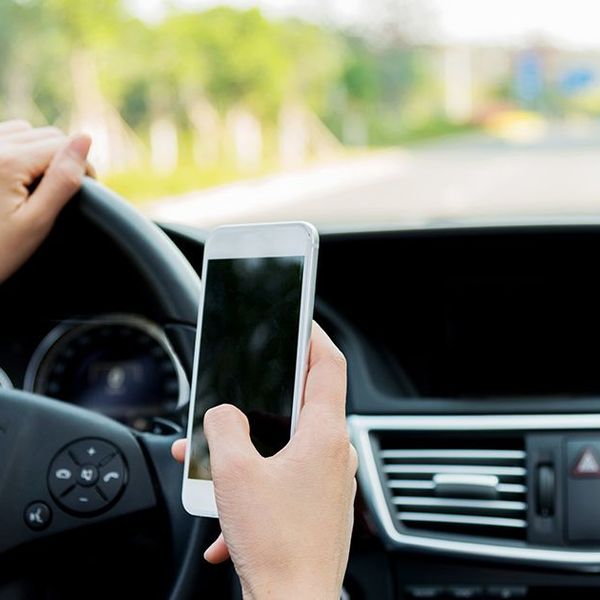Number of Victims over the Past Decade
In the years 2008-2017 the area of Ft. Lauderdale, FL, reported 1549 pedestrian death (Smart Growth America, 2019). These numbers are alarming, and they continue to increase. Today texting and driving is considered a public health issue by the World Health Organization and the U.S. Center of Disease Control and Prevention and considered a major cause of morbidity and mortality worldwide, contributing to more than 20-50 million injuries and 1.2 million deaths per year, being texting and driving a major contribution to these numbers.
Demographics of US Drivers
Based on the U.S. Census Bureau (2010), there is a total population of 165,521 in the area of Fort Lauderdale, Florida. The male population in this area accounts for 52.8%, and the female population in this area accounts for 47.2%. Over 80% of this population is over 15 years old which are considered potential drivers. According to Delgado, Wanner, and McDonald (2016) car accidents are the top reason for disability and demise among young adults and adolescents in the United States and globally. Youngsters are considered to be responsible for approximately 10 percent of all drivers that were determined to be distracted at the moment of a crash and 11 percent of all drivers that passed away in a cell phone-related accident. These figures underrate the real extent of the issue as the statistics are based on documented use of cellphones while driving as measured by police reports (Delgado, Wanner & McDonald, 2016). Most of the adolescents’ proof of using their cell phones while driving was acquired through self-report studies at the population level. In 2016, 94% of United States drivers aged 18-29 mentioned owning a mobile phone, and 8% of respondents reported the use of it while driving. (State Farm, 2016). A recent investigation of 1,243 high school learners financed by the National Institutes of Health (NIH), discovered that 83% reported using electronic devices while driving for the past 30 days at least one time (Ehsani, Li, & Simons-Morton, 2015). Texting has definitely become a necessity in the past few years, especially for those that belong to the younger generation, but it also has become an incredible danger due to the grade frequency of texting. In the study conducted by Ehsani et al. (2015) they revealed that “71% made or answered a phone call, 64% read or sent a text message, 20% read or sent an email, 29% checked a website, 71% changed music, 12% used a tablet, and 53% looked at directions or a map”.
Behavioral Characteristics
Most people feel the need of texting at all times, and many believe that writing out, reading, or sending a quick text message or e-mail while driving will not cause any harm to anyone, however, this is the furthest thing from the truth, texting while driving is considered very dangerous. Texting while driving is a behavior considered to be growing in society and people need to be aware of the danger of it. While sending a text the driver loses 3 things, hands, eyes, and concentration, every second with the eyes off the road may increase the possibility of an accident significantly (Simons-Morton, Guo, Klauer, Ehsani, & Pradhan., 2014). In young drivers, educational interventions directed at decreasing texting while driving had taken place, and generally distracted driving should concentrate on targeting the mechanism through which distraction causes crashes— by allowing drivers to maintain their eyes on the road ahead. In addition, attempts to decrease the use of cell phones while driving in adolescents can be more effective if the intervention also addresses the conduct of the parents (Delgado, Wanner & McDonald, 2016).
How to Reduce the Number of Accidents
In order to reduce the number of accidents caused by texting and driving, many areas need to be addressed. Education in this matter should start at home and schools, even before teenagers start driving, information about the risk carried by texting and driving should be provided to everyone in the process of acquiring a driver’s license. Numerous options have been developed to avoid distractions to improve attention while driving, one example is smartphone applications that disable handheld use of the devices while driving.
According to the study conducted by Sherin et al., (2014) the author concludes that more documentation is necessary on the advantages of provider counseling on distracted drivers, several sources have been released providing guidance to physicians on patient-related issues. Strategies comprise the addition of distracted driving questions to annual health and safety reviews of patients.
To raise awareness of texting and driving bans, the American College of Preventive Medicine (ACPM) proposed further research on designing and evaluating evidence-based instructional instruments that can be integrated into present driver licensing procedures to reinforce texting-driving avoidance policies (Sherin et al., 2014).

